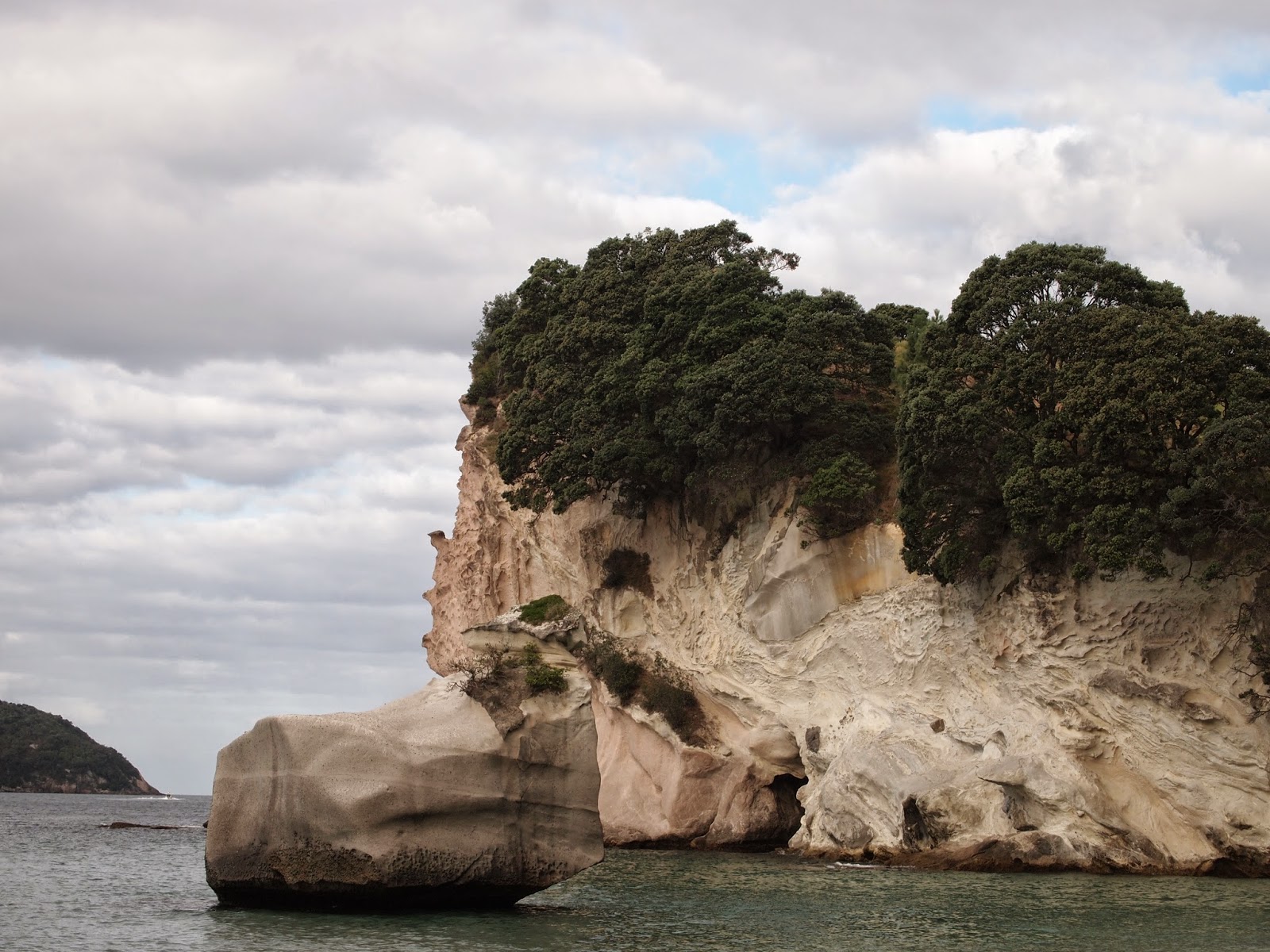I have some good academic news: I have been fortunate to have three proposals accepted in the last few weeks! I will explain how the process works for those not in academia. Usually, journal editors and conference organizers put out a "call for proposals" or "call for papers" (CFP) several months in advance of the publication or conference date. This CFP gives the specifications of what they are looking for and what they want submitted. The standard is to ask for a brief abstract and bio. The interested scholar then submits an abstract which addresses the topic and shows their particular analysis of it. This saves them from having to write a full-length paper which then might not get accepted. A blind peer-review panel (blind means they don't receive your name or bio attached to the abstract so they can be impartial) then reads all of the submissions and chooses which ones it wants to accept.
So, my best news is that I submitted an abstract for a special issue of a U.S. academic journal issue on science fiction and fantasy and was accepted! I also was given the comments from the blind peer-review panel and they were very positive and said my proposal was well-written and sounded very interesting. Now I have a few months to take the short abstract that I wrote and turn it into an actual, full-length article of academic quality good enough for publication. It will be reviewed again by the editors and if they have any corrections or changes they want made, I will have a chance to fix them and resubmit. Publishing is the name of the game in academia, especially nowadays with so much competition for jobs, so having my first proposal accepted is really exciting! And it is on my research topic too, which is even better.
Of the other two proposals accepted, one was for a feminist conference being held in Dunedin, New Zealand, at the end of the year. I will be presenting on the gender imbalance of Wikipedia editors (mostly high-school-age white males) and how various groups are trying to encourage other women to edit and contribute to Wikipedia through events like Storming Wikipedia. Considering how many of us use Wikipedia as a go-to reference, it is a pressing issue.
My other proposal was for an exclusive new-scholars conference for postgrads and early career researchers before the main Digital Humanities Conference we are going to in Sydney in a couple months. We aren't presenting papers, but we will be brainstorming before the conference on our digital humanities projects and what we want to work on together. It is designed to be an opportunity for a small group of us to network and share ideas and resources. It also comes with a small chunk of funding which will help cover my expenses getting to Australia. Double win!
Tutoring Adventures Continue
With only two tutoring weeks left, the number of students is dwindling fast. Assuming they wouldn't have read or finished Ursula Le Guin's The Left Hand of Darkness, I prepared for more general discussion topics. This last week we discussed single-sex education and some of the essentialist arguments for it (girls and boys have different learning styles and needs). Single-sex education is a lot more common in NZ, coming from the British system, than I am used to, and one young man in each class had actually gone to a single-sex school. One liked it and the other didn't. The students had quite strong feelings against single-sex education, and I hope I helped them think a little more critically about education and the decisions they might face if they end up in charge of sending a child to school.
In my tutoring at the tutoring center, I had to be observed by one of my bosses to see how I was doing (all of my peers did too). I don't remember the last time I was observed in a job situation, and it was a bit uncomfortable. She said I did fine but still had some things that I could do better. You definitely are a lot more aware of what you are saying when someone is taking notes.
We also had additional training on the differences between the students at the Education campus and the main campus (the School of Education only recently merged with the University for budget reasons, but their student demographics are noticeably different), as well as the different philosophies. The Education lecturers emphasize the bicultural aspects of New Zealand and use Maori words quite often in their assignments and lectures. Apparently, the government has a goal of a bicultural, bilingual country by 2040. I think the South Island will have more difficulty reaching this goal since there are significantly fewer Maori present.
International Antarctic Centre
Since our buy-one-get-one-free coupon to the famous International Antarctic Centre was about to expire, we finally visited it. It had a lot of interactive things and quite interesting information on all of the research going on down there, as well as the harsh living conditions. I froze in the simulated Antarctic storm, enjoyed the penguin feeding, rode on a Hagglunds all-terrain vehicle up hills at 26 degrees and through water that went halfway up my door, watched some of the HD film of the beautiful landscapes, and got splashed a lot in the 4-D movie experience.






















































